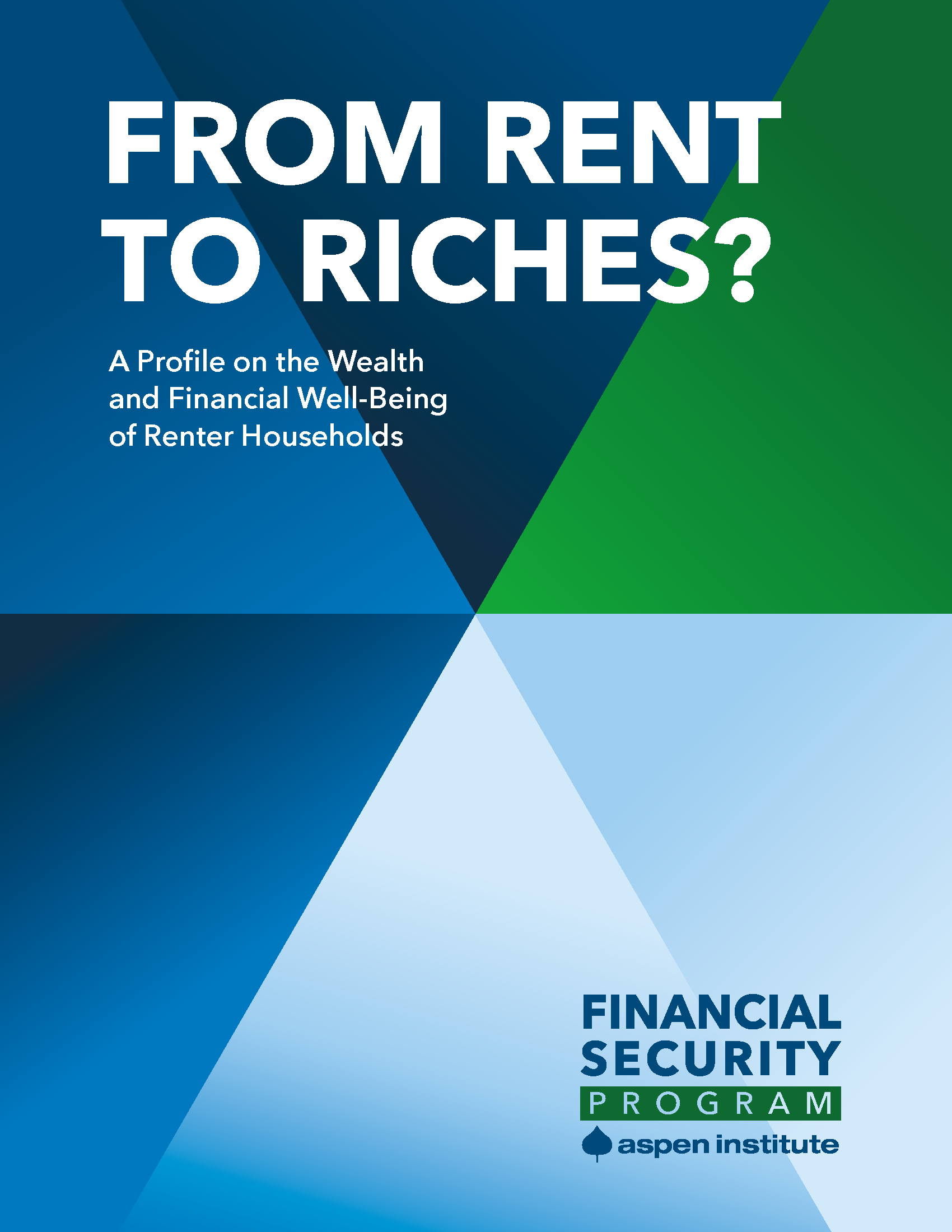How do you design something that’s never been done before? That’s the question being faced by the California Secure Choice Retirement Savings Investment Board, which is tasked with providing the state legislature with detailed recommendations for the establishment of a new retirement program to serve workers who do not have access to a 401(k) or other type of retirement plan at work. There are over 7.5 million such workers in California, and many other states are considering similar programs, so the stakes are high.
To help with the deliberations, the Aspen Institute Financial Security Program (FSP) organized a briefing for the Board on “Investment Products and Program Design: How to Maximize Participation, Contribution Rates, and Financial Security in Retirement.” The briefing, held at the California State Teachers’ Retirement System’s Member Service Center in West Sacramento, California on Monday, September 28, featured a number of prominent experts from government, academia, industry, and the advocacy community.
To kick things off, Secure Choice Board Chair and California Treasurer John Chiang, a former Aspen-Rodel fellow, welcomed the audience by noting how important it is for the Board to hear “thought-provoking commentary by distinguished panelists and experts throughout the country.” FSP’s Executive Director Ida Rademacher remarked on the immense opportunity the Board has to design a retirement plan that will be a model for the country – and that will likely serve more people than do most countries’ entire retirement systems.
The architect of California Secure Choice, State Senate President pro Tempore Kevin de León, spoke about the retirement insecurity felt by millions of hard-working Californians, including the Senator’s own aunt, who had to work as a housecleaner well into her 70s before retiring. De Leon will undoubtedly play a key role in the coming legislative battle to implement the program (the Board’s recommendations, which are expected by January, must still be ratified by the legislature).
Deputy Secretary for Health and Retirement and Senior Advisor to the Secretary at the U.S. Department of Treasury J. Mark Iwry delivered the keynote address. Iwry was one of the original designers of the federal auto-IRA proposal that serves as the foundation for California’s plan. As a result, he holds a unique perspective on why state action in this area is so important, and how the federal government aims to support that work (President Obama recently directed his Department of Labor to issue regulatory guidance ensuring that state plans like California’s don’t run afoul of federal law). “A lot has been done to encourage more employer plans to be adopted, to be more effective, to cover more people, but tens of millions of employees and others still lack access to any workplace retirement plan,” Iwry said. Iwry also extolled the virtues of automatic enrollment, “especially for people who have not been participating in the system with sufficient frequency: women, African Americans, Latino families, [and] lower- and moderate-income workers.”
The first panel featured some of the nation’s top scholars on retirement and aging: James Choi, Professor of Finance at the Yale School of Management; Geoffrey Sanzenbacher, Research Economist at the Center for Retirement Research at Boston College (CRR); and Fernando Torres-Gil, Director of the Center for Policy Research on Aging at UCLA’s Luskin School of Public Affairs. Choi and Sanzenbacher explained how principles from behavioral economics can inform key elements of sound program design. For example, James Choi reported on research that shows default contribution rates in 401(k) plans are “sticky” – most participants neither opt-out nor change the rate chosen by the employer, whether that rate is 3 percent or 6 percent. Geoffrey Sanzenbacher shared results from a survey that CRR conducted as part of its consulting work in Connecticut, which is considering a “Secure Choice” program of its own. The main takeaway was that the uncovered population – those working for employers who do not offer retirement benefits –responds to defaults in ways that are very similar to those in 401(k) plans. The Connecticut findings also indicate that complexity in the plan – for example, automatic escalation, offering a guaranteed return, and defaulting participants into deferred annuity products – lead to higher opt-out rates. Fernando Torres-Gil described the unique issues facing California given its aging and diverse workforce. As Torres-Gil explained, financial literacy is lacking even at the highest reaches of the income spectrum, so marketing the program to low- and moderate-income families that do not speak English or have limited investment experience will be especially challenging.
The second panel, moderated by FSP Associate Director Jeremy Smith, included David John, Senior Strategic Policy Advisor at AARP; Bennett Kleinberg, Vice President for Institutional Investment Solutions at Prudential Retirement; and Judy Miller, Director of Retirement Policy at the American Retirement Association. The panelists drew from their deep expertise in the financial industry and advocacy community to identify how the most important design features can best be incorporated into actual plans. David John pointed out that new savers may be most comfortable in a riskless stable value fund for the first few years of their participation in the program so that they don’t get discouraged by poor early portfolio performance and drop out – a lesson from the UK’s National Employment Savings Trust (NEST) program. Bennett Kleinberg stressed the importance of providing retirees with an annuity-like option so that they don’t outlive their savings. Finally, Judy Miller discussed ways to limit the burden of auto-enrollment on small employers, most of whom cannot dedicate the same amount of resources to employee benefit programs as larger companies.
Board members were engaged throughout the briefing, asking probing questions and offering comments. By the end, at least one thing had been made clear: the magnitude of the challenge – and opportunity – facing the Board is huge, and the whole country is watching to see if it’s up to the task.
For a copy of the slides presented at the briefing, please follow the links below:
·Dr. James Choi
·Dr. Geoffrey Sanzenbacher
·David John
·Bennett Kleinberg
·Judy Miller

